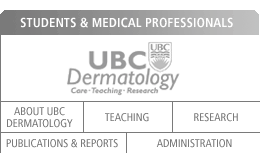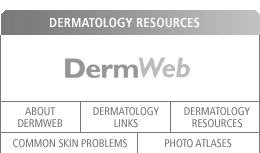|
|
 |
 |
 |
Wound Healing
Wound Healing is part of the body's natural process of self-repair and of regenerating skin tissue. There three main steps in this process:
Inflammatory Phase: where any bacteria or debris are removed from the wound Proliferative Phase: where new blood vessels grow, new collagen and tissue is created, and new epithelial cells crawl across the wound to cover it Maturation and Remodeling Phase: collagen is remodeled and cells no longer needed are removed
In any situation where you have a wound there are several steps that you can take to promote the healing process and prevent infection:
- Stop the bleeding - which is the first priority, by applying pressure for 5-10 minutes. Seek medical help if the bleeding doesn't stop in 10 minutes or there is bright red and spurting blood.
- Clean the wound - remove foreign material, rinse the wound with clear water, and clean the wound with sterile gauze or antiseptic wipes. Apply firm pressure if bleeding restarts, and seek medical help if you are unable to remove all foreign objects.
- Dress the wound - apply antiseptic ointment or cream, like Bactroban, Fucidin or Polysporin, and cover with a sterile bandage or gauze. Change the wound twice a day and reapply antiseptic ointment.
|
You may require stitches if:
- the wound is deep, or if it is a gaping wound
- fat protrudes from the wound
- the wound is over half an inch long
|
Seek medical help if the wound occurs on or near the eyes, lips, or neck, if you can't stop the bleeding, or if the edges of the wound are ragged or badly torn.
In rare cases you can develop a secondary infection from the wound, and you should seek medical help if this occurs. Signs of secondary infection include discharge or pus, red / swollen skin around the wound, a red line moving from the wound along your body, and/or fever. These occur a few days after the initial wound."
« Back to Common Skin Disorders
modified 012608 |
|
 |
|

